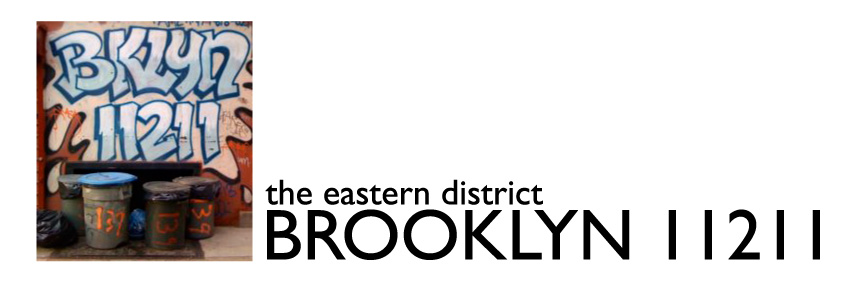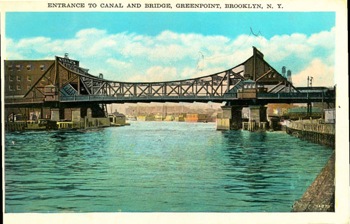Newyorkshitty (via Brownstoner) noticed some activity at 74 Kent Street in the Pencil Factory Historic District that has led to a stop work order. The rooftop construction must be a mockup related to an LPC application to construct a rooftop addition, which a) should be on the community board’s agenda; and b) requires a permit (yes, mockups require a DOB permit).
As Heather notes, 74 Kent Street is applying for a BSA variance, which was before the CB’s land use committee last week. This block was specifically omitted from the residential rezoning in order retain manufacturing uses and later landmarked for its special historic character. As all of the other buildings, including the relic next door (future headquarters to Kickstarter), have been able to develop vibrant non-residential uses, what makes this building so different? I’d be curious to see how the owner is claiming a hardship on this one (let alone a unique condition) – and I’d also be curious to know why this isn’t being done as a special permit through LPC and CPC (which would at least require a restoration of the building).


